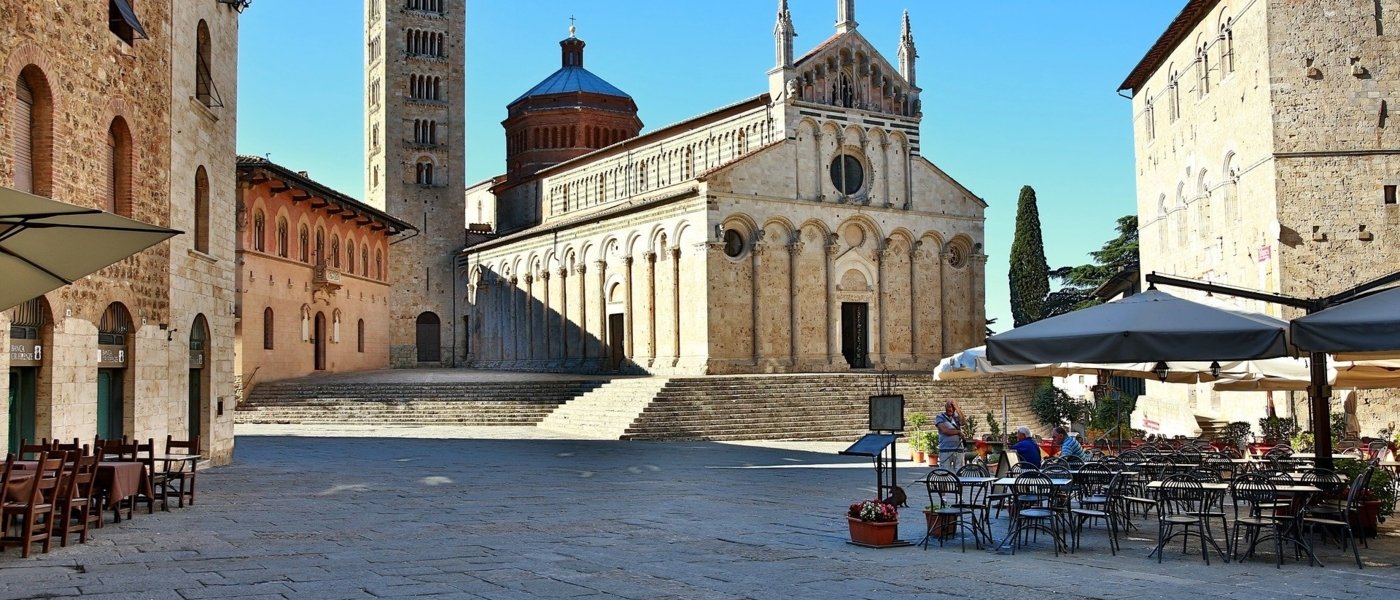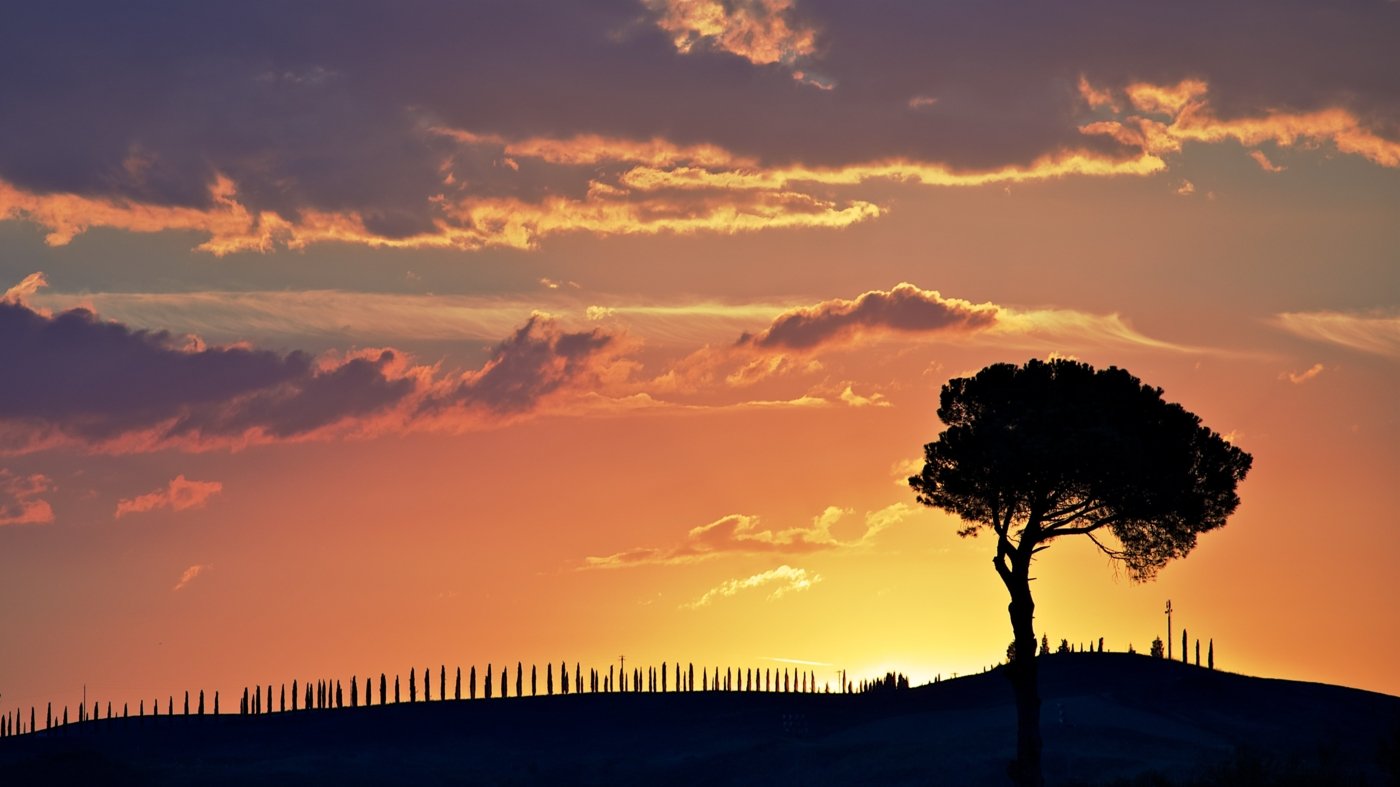Tuscan wines deserve and demand to be broken down into a large number of regions and sub-regions, each with their own story to tell and unique aromas and flavours to unleash onto the palates of curious wine lovers.
Red wines from Tuscany can broadly be split between: blends based on the Sangiovese grape as well as clones of Sangiovese; and Bordeaux-style blends based on the great grapes of Bordeaux, namely Cabernet Sauvignon and Merlot. Our team of local experts will take you to walk through the vineyards that produce the best wines of Tuscany. They will show you where the grapes grow and the factors that influence how the characteristics of those grapes form through their interaction with the terrific terroir. Our local experts will then lead you into the cellar to see how winemakers impart their influence on the final product. You will then taste the wines from the different Tuscan hotspots in tutored tastings where your learning will be made complete and rounded, like a fine Tuscan wine!
You will discover how wines from Chianti Classico DOCG, the oldest official wine region in Italy, which celebrated its 300th anniversary in 2016, can vary quite significantly from one another. This is even true of those originating from the vineyards around the villages of Castellina, Gaiole, Greve and Radda, which were legally delimited, on September 24, 1716, when Cosimo III de’ Medici, the Grand Duke of Tuscany, singled them out as Chianti’s prime winemaking hotspots. Within Greve itself, the wines of Panzano – from its vineyards of pure limestone mixed in with the shaly clay, are particularly prized and unique.
Sangiovese is particularly adept at capturing the essence of different places of growth and wine lovers will experience sheer joy in exploring how it performs in different Chianti terriors, which also include a total number of DOCGs. Chianti Rufina, located on high ground to the north of Florence comes the closest to reaching the heights of Chianti Classico, is the best among these other than Classico and Rufina’s wine, which comes from similar soils to Panzano, are well worth seeking out. Then, to further thrill wine lovers, the Sangiovese grape comes in other clones, which make wines that are at least as good, if not an even finer expression of the grape.
Prugnolo is the name of the local clone of Sangiovese behind the very noble Vino Nobile de Montepulciano. It is so good that it became the first Italian wine to be awarded the most prestigious DOCG classification. This fine Toscana wine has possibly even been surpassed by yet another Sangiovese clone – Brunello, which makes the wonderfully long-lived reds of Brunello di Moltalcino DOCG. Here, the combination of sandy soils and a more southerly location sees Brunello ripen before its regional rivals, as well as ripen really fully, and it often avoids the rains that can blight the harvest elsewhere.
The Super Tuscan wines of Bolgheri that are kissed by the magical Mediterranean climate, which ripens Cabernet Sauvignon and Merlot to perfection, were once actually labelled as Vino da tavola (lit. table wine) for going against the local regulatory grain. They are still only afforded DOC status but rank among the finest wines of Italy, and indeed the word, and few can afford them. The next generation of Super Tuscans from other parts of the Maremma, once a swampy area that was drained and reclaimed by Mussolini, represent better bang for the buck.
The wines of Tuscany also include some expressive white wines thanks to the high altitude of the vineyards and the wide diurnal temperature for the fresh and floral Vernaccia grape in Vernaccia di San Gimignano DOCG, while Vermentino can woo wine lovers from the coastal vineyards.
If you're interested in one of our Tuscany Wine Tours, please visit this link.






